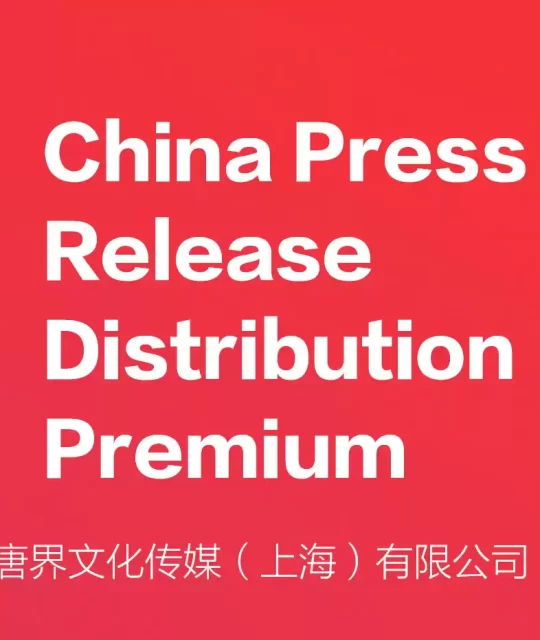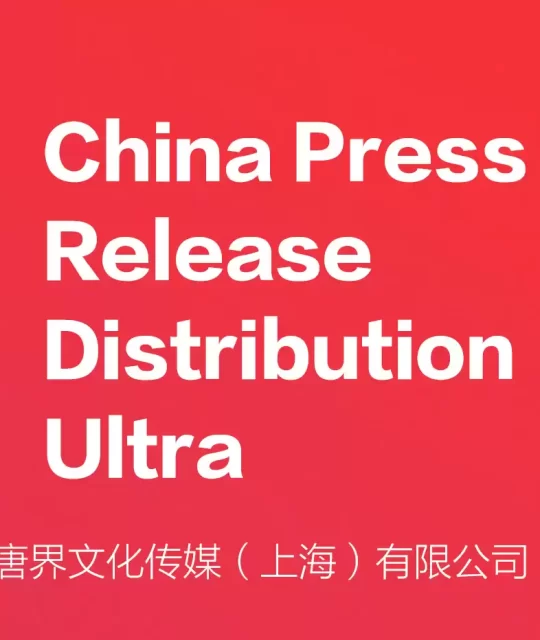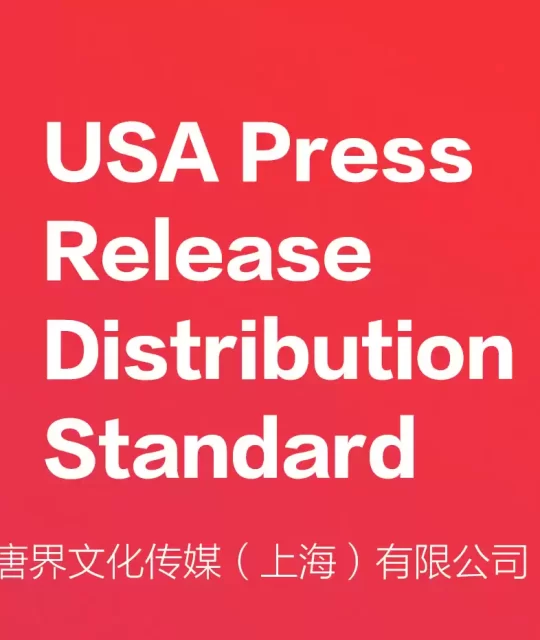Entering China’s Fast-Moving Consumer Goods (FMCG) market presents unique challenges and significant opportunities. With a population of over 1.4 billion, a rapidly growing middle class, and an increasing shift toward digital and e-commerce, China is a critical market for FMCG companies. However, succeeding in this competitive and dynamic landscape requires an understanding of local consumer preferences, regulatory frameworks, and the nuances of marketing and distribution in the region.
Here’s how to win in China’s FMCG market:
1. Understand Local Consumer Behavior
China’s FMCG market is diverse, with significant differences in consumer behavior across regions. While Tier 1 cities like Beijing, Shanghai, and Guangzhou are the main economic hubs, Tier 2 and Tier 3 cities have seen rapid urbanization and rising purchasing power. In these regions, consumers tend to be more price-sensitive and are increasingly turning to e-commerce platforms for their purchases.
Key Insight: Local preferences for packaging, product ingredients, and pricing can vary dramatically. For example, consumers in Shanghai may prioritize premium or imported products, while those in smaller cities may be more focused on value and convenience.
2. Leverage Digital Channels
E-commerce is booming in China. According to a report by eMarketer, China is the world’s largest digital retail market, with platforms like Tmall, JD.com, and Pinduoduo dominating the landscape. Furthermore, social commerce, driven by WeChat, Douyin (TikTok), and Xiaohongshu (Little Red Book), is becoming a central part of FMCG marketing.
Tip: Integrating your FMCG brand with online shopping platforms and social media is crucial. By leveraging the power of social commerce and influencer collaborations, you can boost brand awareness and drive sales.
3. Build Strong Media Relations
Media relations are critical for increasing brand visibility and credibility in the competitive Chinese FMCG market. Partnering with local media outlets like China Daily, Sina, 36Kr, and Caixin can help your brand reach the right audience. Building a network of media contacts and regularly sharing product updates, press releases, and thought leadership articles will help establish trust and thought leadership in your sector.
China Business Agency can assist in navigating the local media landscape, establishing media relationships, and facilitating press coverage to ensure your FMCG brand is front and center.
4. Offer Products that Align with Chinese Trends
Chinese consumers are increasingly health-conscious, with a growing demand for organic, low-calorie, and functional food products. Sustainable packaging is also becoming a key consideration. Companies entering the FMCG market must keep a close eye on these emerging trends and adapt their product offerings accordingly.
For example, in response to rising concerns about environmental sustainability, many FMCG companies are opting for recyclable packaging or eco-friendly production methods to appeal to environmentally aware consumers.
5. Localization is Key
China’s market is highly localized, so brand localization is essential. This includes adapting product formulas, packaging, and even brand messaging to suit local tastes and cultural preferences. What works in other parts of the world may not resonate with Chinese consumers.
For instance, FMCG products that are perceived as too “foreign” might struggle in China. Instead, emphasizing local ingredients, flavors, or cultural references can enhance the appeal of your products.
6. Understand Regulatory Frameworks
China has a complex regulatory environment, particularly when it comes to the food and beverage sector. The China Food and Drug Administration (CFDA) imposes strict guidelines for product registration and labeling. To avoid delays or complications, you must ensure compliance with all local regulations, from packaging standards to marketing claims.
China Business Agency can support you in navigating these regulatory requirements and assist in getting your products approved and ready for market entry.
7. Invest in Offline Channels
Although digital platforms are essential for FMCG marketing, offline channels, such as hypermarkets, supermarkets, and convenience stores, still play a significant role in China. Consumers often prefer to buy products in-store, especially when it comes to food and beverages.
Building partnerships with distributors and retailers across the country will ensure your products are widely available and easily accessible to consumers.
8. Monitor and Adapt to Market Trends
The Chinese FMCG market is ever-changing. Consumer preferences shift rapidly, often driven by global trends, local events, or new technological innovations. Companies need to stay agile and be prepared to adapt quickly. Continuously monitoring consumer sentiment through tools like social media analytics and online surveys will allow you to stay ahead of the curve.
Conclusion
To succeed in China’s FMCG market, brands need to combine a deep understanding of local consumer behavior with a robust digital strategy, strong media relations, and compliance with regulations. By focusing on localization, leveraging e-commerce, and building trust through effective media outreach, companies can tap into the immense potential of this growing market. China Business Agency offers a wide range of services, from media relations and public relations campaigns to local market insights, helping FMCG brands build a successful presence in China.





